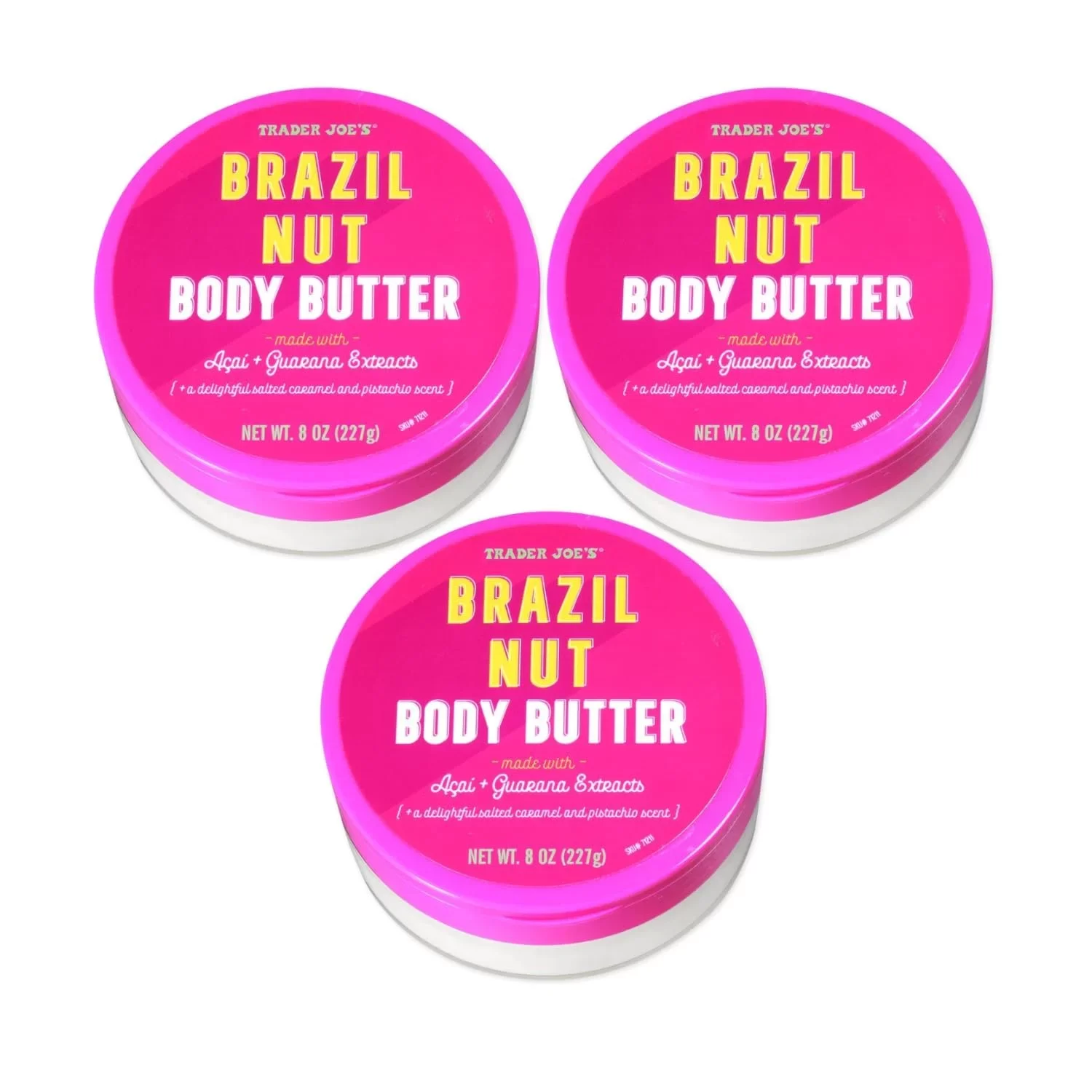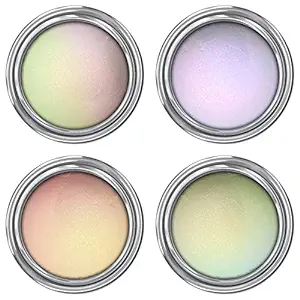
 By
Stylist Venita
By
Stylist Venita

Understanding the importance of eyeshadow color theory is essential for creating stunning and harmonious eye makeup looks. By understanding how different colors work together, you can enhance your eye shape, create depth, and make your eyes pop. Color theory allows you to combine and blend shades in a way that complements your eye color and skin tone. For example, using complementary colors, such as purple eyeshadow on green eyes, can create a striking contrast. Additionally, understanding color temperature (warm vs. cool) can help you achieve the desired effect. By applying the principles of eyeshadow color theory, you can elevate your makeup skills and create eye-catching looks that are sure to turn heads.
The color wheel is a fundamental tool in understanding eyeshadow color theory. It consists of primary colors (red, blue, and yellow), secondary colors (orange, green, and purple), and tertiary colors (a combination of primary and secondary colors). By understanding the color wheel, you can identify complementary colors, which are located opposite each other on the wheel. Complementary colors create a vibrant contrast when used together and can be used to create eye-catching looks. Additionally, analogous colors, which are located next to each other on the wheel, create a harmonious and blended effect. Understanding the color wheel allows you to choose eyeshadow shades that work well together and create stunning looks that enhance your eye color and overall makeup.

Monochromatic LooksWhen it comes to creating monochromatic eyeshadow looks, the key is to stick with a single color family. This technique involves using different shades and finishes of the same color to create depth and dimension on the eyes. For instance, if you’re going for a purple monochromatic look, you can start with a light lavender shade all over the lid and then deepen the crease with a rich plum shade. To add some shimmer, you can use a metallic eyeshadow in a similar purple hue on the inner corner of the eyes. The Concrete Minerals White MultiChrome Eyeshadow would be a great choice for this type of look, as it offers a stunning color shift effect that can add an extra dimension to your monochromatic eye look.
Complementary ColorsIf you’re looking to create a more vibrant and contrasting eyeshadow look, using complementary colors is the way to go. Complementary colors are opposite each other on the color wheel, and when paired together, they create a striking and eye-catching effect. For example, if you’re using a warm-toned eyeshadow palette, you can pair orange shades with blue shades for a bold and contrasting look. The UCANBE Naked Eyeshadow Palette would be a great fit for this technique, as it offers a wide range of shades including warm oranges and cool blues, allowing you to experiment with different complementary color combinations.
Analogous colors are colors that are adjacent to each other on the color wheel. When it comes to eyeshadow, combining analogous colors can create a harmonious and cohesive look. For example, using shades like orange, red, and pink together can create a beautiful sunset-inspired eye look. Analogous colors blend seamlessly with each other, creating a smooth transition from one shade to another. To enhance the effect, you can use lighter shades towards the inner corner of the eye and darker shades towards the outer corner. The UCANBE Naked Eyeshadow Palette (ASIN: B08CZFQVR7) with its wide range of shades is a perfect choice for experimenting with analogous colors. With its mix of warm and cool tones, you can easily create stunning eyeshadow looks using analogous color combinations.
Triadic colors refer to three colors that are evenly spaced on the color wheel. Using triadic colors in eyeshadow can create a bold and vibrant look. The key is to choose colors that contrast each other while maintaining balance. For example, combining blue, red, and yellow can create a striking and eye-catching eye look. The Mally Beauty Evercolor Eyeshadow Stick in Iced Plum Shimmer (ASIN: B09MF6R8S6) provides a versatile option for incorporating triadic colors into your makeup routine. With its range of shades, including a beautiful plum shimmer, you can easily experiment with different triadic color combinations. The long-lasting formula of the eyeshadow stick ensures that your triadic eye look stays vibrant and intact throughout the day.

When it comes to creating a seamless and well-blended eyeshadow look, transition shades are a crucial component. These shades serve as a bridge between your lid color and your crease color, helping to soften any harsh lines and create a more cohesive look. Transition shades are typically matte and are chosen to complement the overall color scheme of your eyeshadow look. For example, if you are using warm-toned eyeshadows, a transition shade in a soft brown or peachy tone would work well. The Mally Beauty Evercolor Eyeshadow Stick in Iced Plum Shimmer can be a great option for this purpose, as its creamy consistency allows for easy blending and its shimmer finish adds a touch of dimension to your transition shade.
Achieving a gradient effect with eyeshadow involves seamlessly blending different shades from light to dark. This technique adds depth and dimension to your eye makeup, creating a stunning and professional-looking result. To achieve a gradient effect, start by applying a lighter shade on the inner corner of your eye and gradually build up the intensity by adding darker shades towards the outer corner. The Mally Beauty Evercolor Eyeshadow Stick in Iced Plum Shimmer can be used as a beautiful base color for your gradient effect. Its shimmer finish will add a subtle sparkle to your look, while its long-lasting formula ensures that your gradient effect stays intact throughout the day.
When it comes to choosing the perfect eyeshadow shades, it’s essential to take into account your skin tone and eye color. Different colors can either complement or clash with these features, ultimately affecting the overall look you’re aiming to achieve. For instance, if you have warm undertones, earthy tones like bronze, copper, and warm browns can enhance your eyes and bring out their natural warmth. On the other hand, cool-toned individuals may opt for shades like plums, grays, and blues to create a striking contrast. Additionally, eye color plays a significant role in determining the eyeshadow shades that best accentuate your eyes. For example, those with blue eyes can enhance their natural vibrancy by using warm shades like peach or coral. In contrast, individuals with brown eyes can experiment with a wide range of colors, including purples, golds, and greens, to make their eyes pop.
In addition to considering color, the finish of your eyeshadow can bring depth and dimension to your eye makeup. Different finishes, such as matte, shimmer, satin, and metallic, each offer a unique effect. Matte eyeshadows are perfect for creating a soft and subtle look, ideal for everyday wear. They can also be used to add depth in the crease or as a transition shade. Shimmer shades, on the other hand, add a touch of sparkle and luminosity, making them perfect for special occasions or when you want to draw attention to your eyes. Satin finishes provide a balance between matte and shimmer, offering a soft sheen without too much sparkle. Lastly, metallic finishes are perfect for creating a dramatic and eye-catching look, as they provide a high-shine, reflective effect. By incorporating different finishes into your eyeshadow application, you can create multi-dimensional and captivating eye looks.

When it comes to daytime looks, a subtle and natural eyeshadow application is key. Opt for neutral shades like soft browns, taupes, and light pinks to create a soft and effortless look. These shades will enhance your eyes without being too overpowering for the daytime. Consider using matte finishes for a more natural and sophisticated appearance.
To create a daytime look, start by applying a light shade all over the lid as a base. Then, use a slightly darker shade in the crease to add dimension. Blend the colors well to achieve a seamless transition between shades. Remember to keep the colors soft and understated for a fresh and natural look. Finish off the look with a coat of mascara to define your lashes and open up your eyes.
When it’s time to glam up for the evening, it’s all about bold and dramatic eyeshadow looks. Experiment with rich and vibrant colors like deep purples, shimmery golds, or sultry smokey grays. These shades will instantly elevate your look and make your eyes the center of attention.
For an evening and glam look, start by applying a primer to make your eyeshadow last longer and appear more vibrant. Then, pat on a bold shade onto the lid, building up the intensity until you achieve the desired effect. To add depth and dimension, blend a darker shade into the outer corner and crease of your eye. Don’t be afraid to play with different textures like metallic or glittery finishes for that extra wow factor.
To complete your evening look, apply a winged eyeliner and add a few coats of volumizing mascara for a dramatic effect. Remember to balance out the bold eyeshadow with a neutral lip color to let your eyes take center stage.




